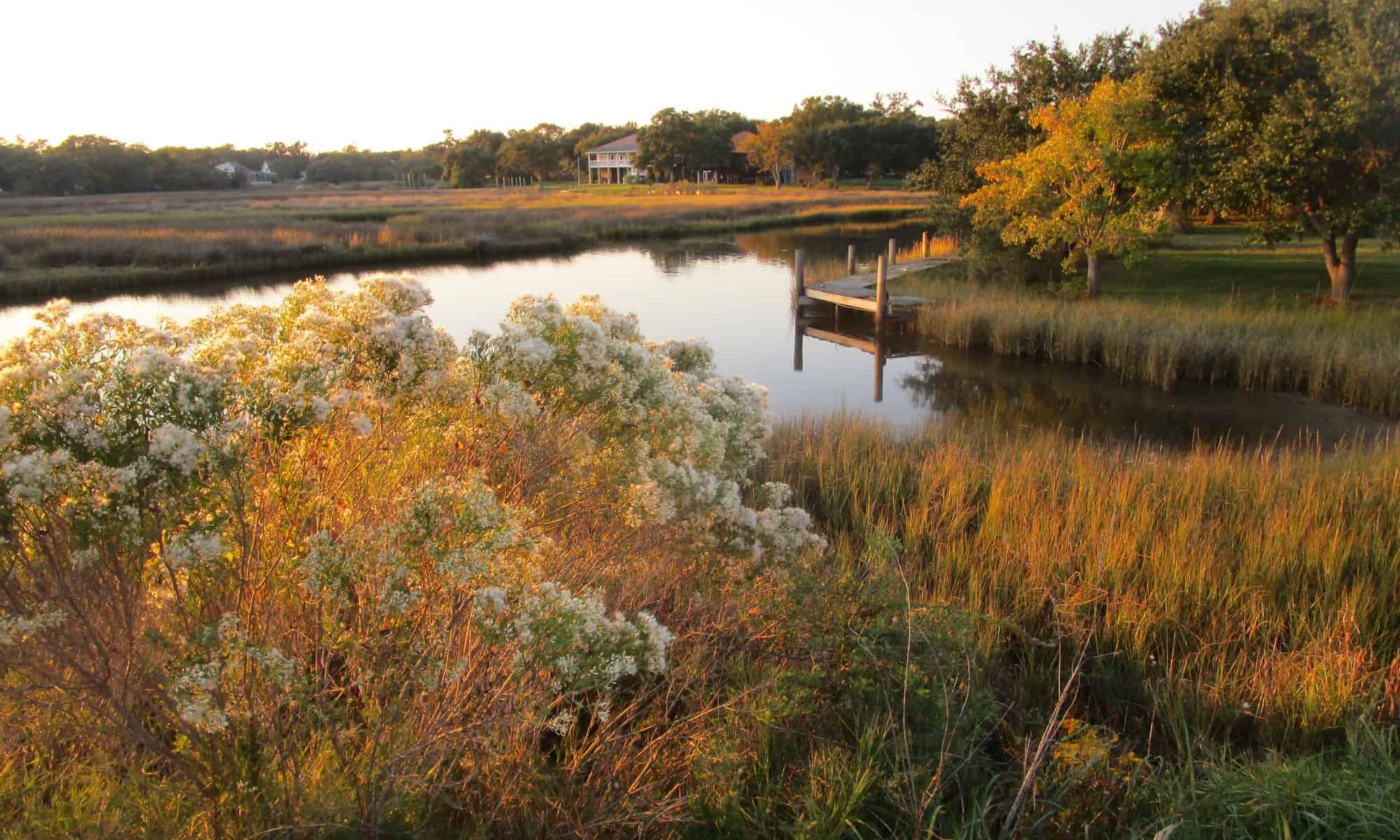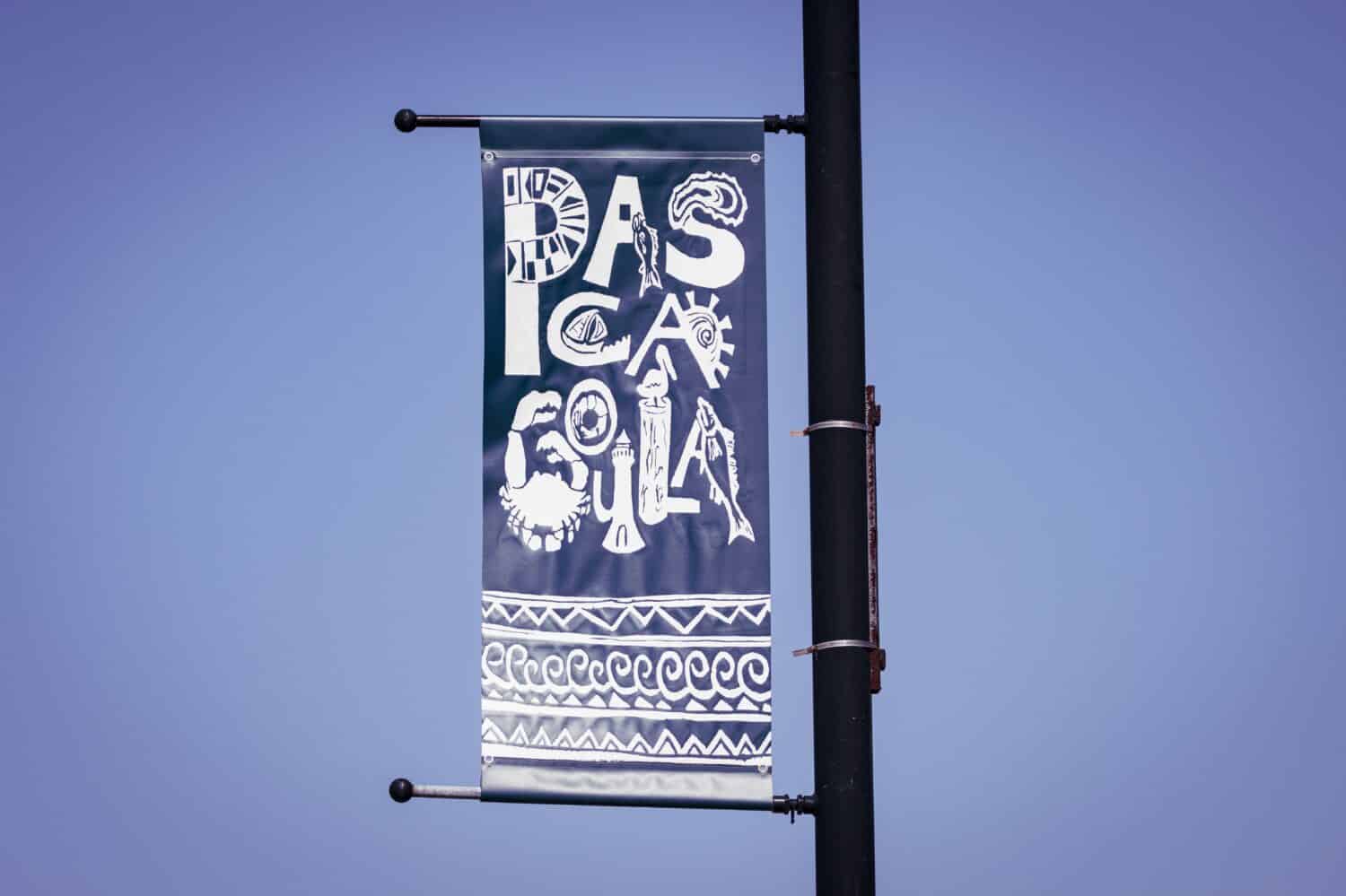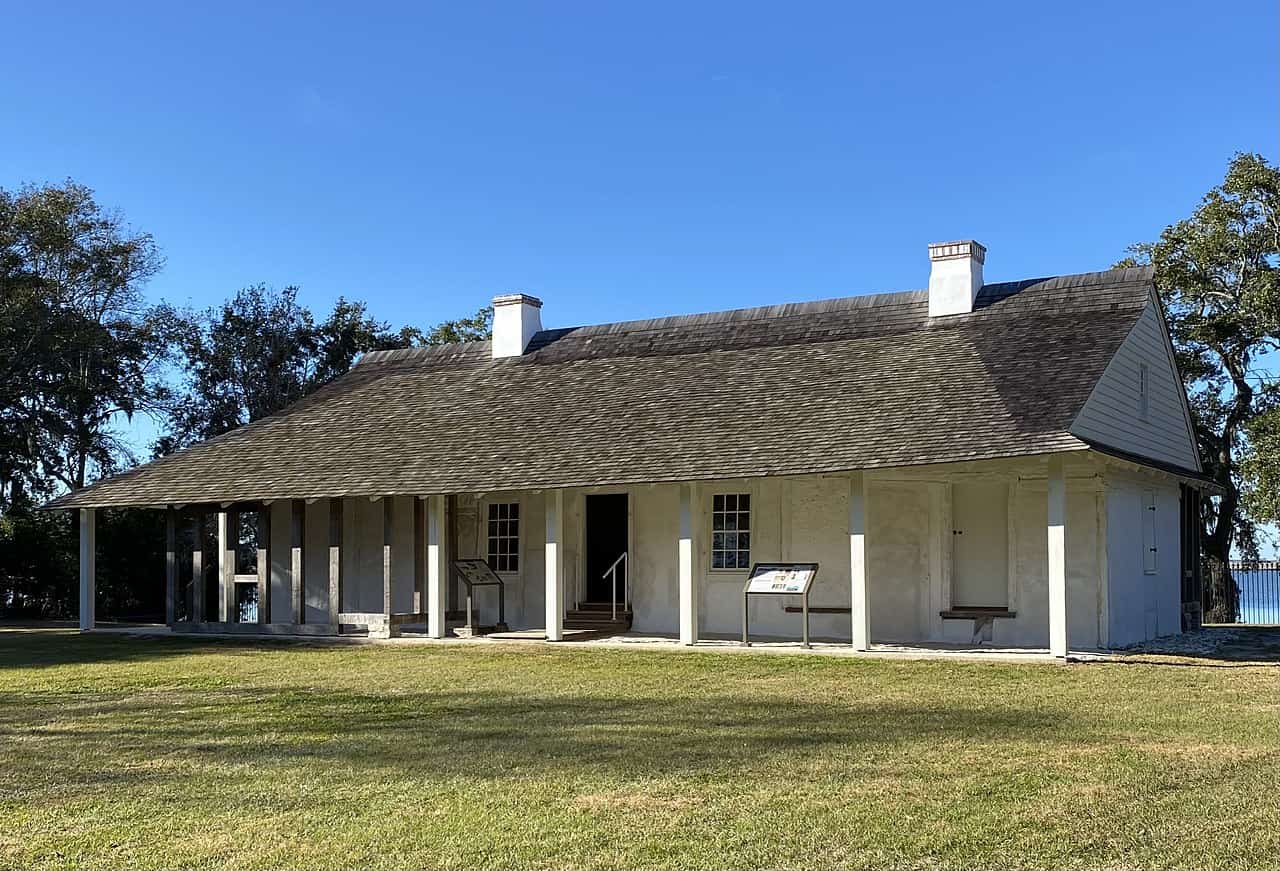Mississippi has a complicated history intertwined with the Civil War and the Civil Rights Movement. Before this, French explorers were some of the first Europeans to settle in the area. It was during this time that an admiral from France built a home and military structure. This building still stands to this day and is over 260 years old!

History of Mississippi
The earliest inhabitants of Mississippi were indigenous people — namely members of the Choctaw, Natchez, and Chickasaw tribes.
According to Britannica, the Natchez were virtually wiped out during a war with the French garrison at Fort Rosalie (1729-31.) The Choctaw and Chickasaw were eventually forced to relocate to Oklahoma via the Trail of Tears in the 1830s.
A Spanish explorer named Hernando de Soto and his large expedition were the first Europeans to arrive in Mississippi. However, realizing there was no gold or silver to be found, Spain eventually directed its attention elsewhere.
In the early 1700s, France took hold of the area, recognizing the commercial and strategic importance of its location. After the end of the French and Indian War in 1763 France ceded most of its land east of the Mississippi River to Great Britain.
Statehood
After the American Revolution, Great Britain deeded the Mississippi area to the United States. The original Mississippi Territory was a strip of land that extended from the Mississippi River to the Chattahoochee.
Over the years this territory increased. It was then divided and the western portion became the state of Mississippi in 1817. The eastern portion gained official recognition as the state of Alabama in 1819.
Civil War
The 1820s and 1830s witnessed the emergence of Mississippi’s cotton economy based on slavery. Britannica notes that it was the wealthy influential large landowners of the state who owned the majority of slaves, rather than numerous small landowners.
Regardless, the Civil War began in 1861 and Mississippi ceded from the Union. By the end of the war, the state found itself at the point of economic ruin. Despite the abolition of slavery, Mississippi legislatures passed laws in the post-war years designed to promote racial segregation and keep the black population in a state of dependency.

Mississippi is home to a number of Civil War sites, including the Vicksburg National Military Park.
©iStock.com/karenfoleyphotography
Civil Rights Movement and Modern-Day Mississippi
Following the landmark civil rights case Brown v. Board of Education of Topeka, the U.S. declared racially segregated schools unconstitutional. In 1955 a group of white men murdered Emmett Till, a black boy from Chicago, for allegedly whistling at a white woman in Mississippi.
This incident and the acquittal of Till’s murderers added fuel to the fire of the Civil Rights Movement. White Mississippians met black protesters with increasing violence, including murders orchestrated by the Ku Klux Klan.
The Civil Rights Act of 1964 prohibited discrimination on the basis of race, color, religion, sex, or national origin. Despite this, Mississippi maintained a segregated school system until a federal court order forced the state’s school system to unify in 1969.
Today Mississippi is known for a number of historical sites and museums remembering the Civil War and the Civil Rights Movement. The state is also famous for its blues and bluegrass music and southern cuisine.
Origin of the LaPointe-Krebs House
The oldest house in Mississippi is the LaPointe-Krebs House in Pascagoula. The home was constructed under the supervision of Joseph Simon de La Pointe in 1757, according to the La Pointe-Krebs House website.
La Pointe served previously as an admiral under Lemoyne de Bienville and was granted land by Governor Antoine de la Mothe Cadillac to build a residence in Pascagoula, writes Geni. The LaPointe-Krebs House is sometimes referred to as the Old Spanish Fort or Old French Fort, as it is listed in the National Register of Historic Places.
Later, La Pointe’s daughter Marie married a German immigrant named Hugo Ernestus Krebs and the home passed on to their ownership. The LaPointe-Krebs House stayed in the Krebs family until 1914. Jackson County granted a 50-year lease of the property to the Jackson County Historical Society in 1950.
The LaPointe-Krebs House dates back to the French Colonial period. Its construction method and the materials used to build the walls are unique. The walls were formed from a concrete-like substance known as tabby and wooden timbers were added as attachment points for windows and doors.
It is believed that the LaPointe-Krebs House originally had two bedrooms and a fireplace. Over the years, the fireplace was relocated and another one was added. Additional interior walls were built to divide the house and by the 20th century, the home contained four rooms and two attached cabinets.
Location
The LaPointe-Krebs House is located in Pascagoula in Jackson County Mississippi. The city is located along the Mississippi Sound in the southeastern portion of the state. Pascagoula lies near the border to Alabama and is less than an hour’s drive away from Mobile. According to the City of Pascagoula, the name is derived from a Native American tribe and translates to “bread eaters.”

Mississippi contains saltwater marshes, such as the one pictured above on the Gulf of Mexico in Pascagoula.
©iStock.com/MICMOABLE
Where is the LaPointe-Krebs House Located on a Map?
The LaPointe-Krebs House sits at 4602 Fort St, just a few blocks south of the Pascagoula River in the heart of the town of Pascagoula, MS. On the south side of town close to the Gulf of Mexico, tourists can visit another historic house–the childhood home of the famed recording artist Jimmy Buffet.
Visit the LaPointe-Krebs House
Today the LaPointe-Krebs House is the oldest extant residential building in Mississippi. The home has been transformed into a museum whose goal is to preserve the home and raise awareness about its history. The design firm of Kiyomi and Luckett Communications worked to develop and create the museum.
The LPK Museum is open seven days a week, from 10:00 a.m. to 5:00 p.m. Monday – Saturday and from 2:00 p.m. to 5:00 p.m. on Sundays. Tickets are $5 for adults, $4 for visitors 65+ and military, and $3 for those ages 5-15.
The LaPointe Grounds overlooking the Pascagoula River is also available for rent for outdoor events such as weddings and private parties. Some events that have been held on the land include the Pascagoula Paradise Paddlers Annual Fish Fry and the Krebs Cemetery Tour.
Other Points of Interest in Pascagoula
Those visiting Pascagoula, MS can explore the oldest house in the state, but that’s not all the southern city has to offer. There’s no shortage of opportunities to experience history and natural beauty when visiting this location.
Outdoors
Pascagoula is home to a number of places to experience wildlife and nature. At Pascagoula Beach Park visitors can picnic, fish, or stroll along the Beach Park Pier overlooking the Gulf of Mexico.
Shephard State Park features 395 acres of trees, wildflowers, biking, and nature trails. The park is nestled in the heart of the Pascagoula River, sometimes called the Singing River, after a legend about the Pascagoula tribe. The area offers campsites, disc golf trails, dog parks, and more.
Avid bird watchers won’t find a better spot than the Magnolia Birding Pier, which overlooks a shallow tidal marsh and bayou, and the Pascagoula River Audubon Center. Finally, the Davis Bayou Area on Gulf Islands National Seashore features a boat launch, trails, and several boardwalks to explore.

There are a number of things to explore in Pascagoula, such as Shephard State Park and the Magnolia Birding Pier.
©Brian Mooney/Shutterstock.com
Historical Places
Visiting the LaPointe-Krebs House is one way to experience history in Pascagoula. Another is to see the Round Island Lighthouse. This structure became a beacon of light for mariners starting in 1859, according to the City of Pascagoula.
Though the original lighthouse was destroyed in a hurricane, its remnants were gathered and relocated to the mainland in 2010. There an extensive restoration project brought the lighthouse back to life and today visitors can explore its history and legacy.
Thank you for reading! Have some feedback for us? Contact the AZ Animals editorial team.








